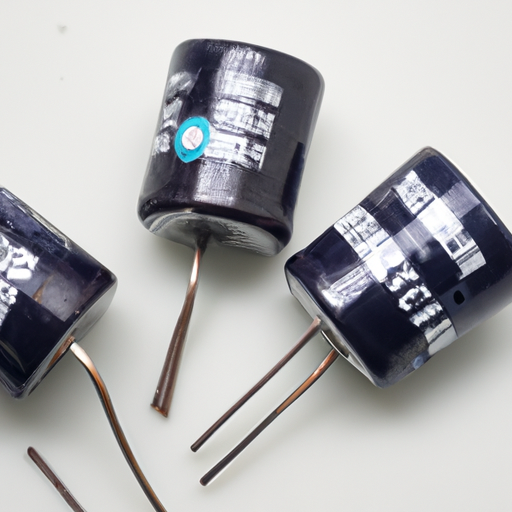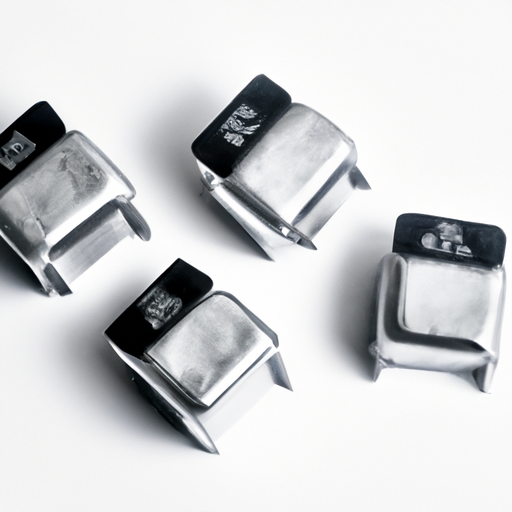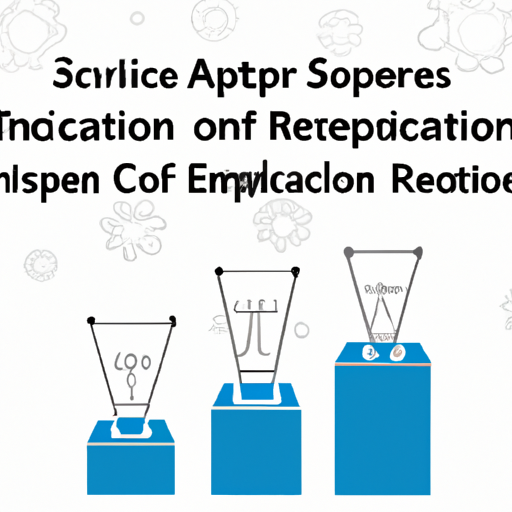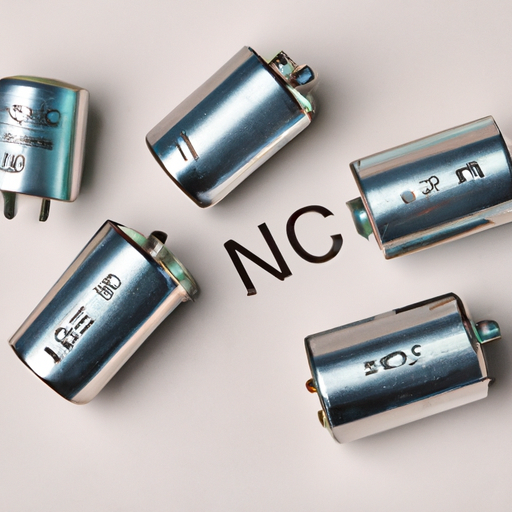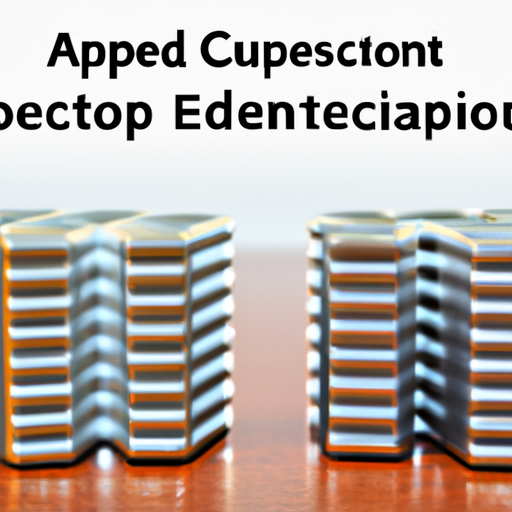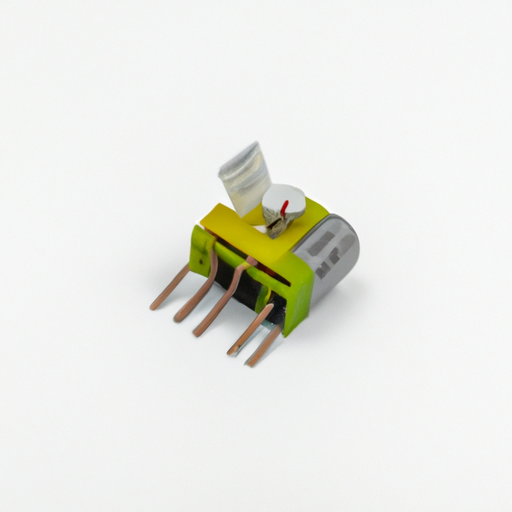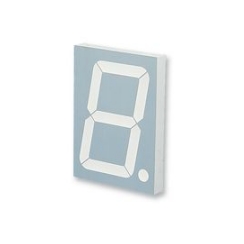MM74HC4020N Ceramic Capacitors highlighting the core functional technology articles and application development cases of Ceramic Capacitors that are effective.
Certainly! Here’s a more structured overview of ceramic capacitors, emphasizing their core functional technologies, application development cases, and relevant articles that can enhance understanding and application in electronic design.
Core Functional Technologies of Ceramic Capacitors
| 1. Dielectric Properties | |
| 2. Temperature Stability | |
| 3. Voltage Ratings | |
| 4. Size and Form Factor | |
| 5. Capacitance Range | |
| 1. Decoupling and Bypass Capacitors | |
| 2. Timing Circuits | |
| 3. RF and Microwave Applications | |
| 4. Power Electronics | |
| 5. Automotive Applications | |
| 1. "Understanding Ceramic Capacitors" | |
| 2. "The Role of Capacitors in Power Supply Design" | |
| 3. "High-Frequency Applications of Ceramic Capacitors" | |
| 4. "Designing with Ceramic Capacitors: Best Practices" | |
| 5. "Advancements in Ceramic Capacitor Technology" |
Application Development Cases
Articles and Resources
Conclusion
Ceramic capacitors are integral to modern electronic design, providing stability, reliability, and versatility across a wide range of applications. By understanding their properties and applications, engineers can make informed decisions that enhance circuit performance. For deeper insights, reviewing technical datasheets, application notes, and industry publications focused on ceramic capacitor technology is highly recommended. This knowledge can significantly impact the design and functionality of electronic systems.

